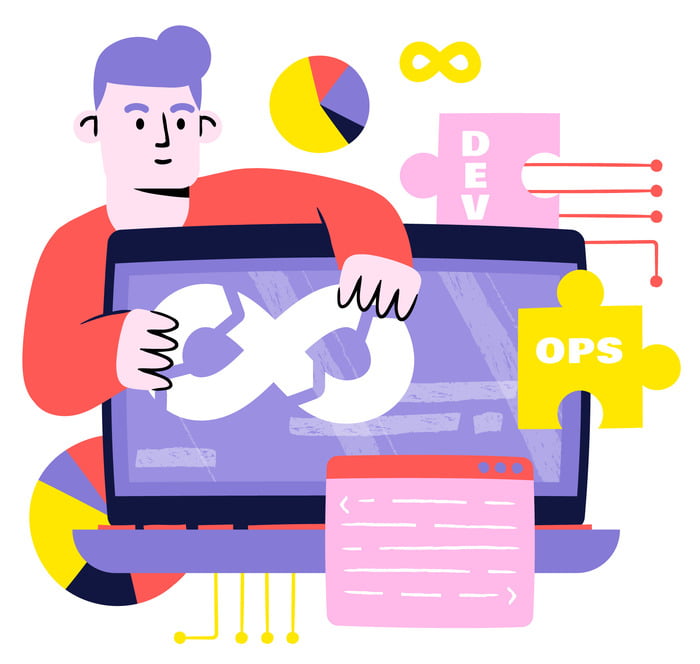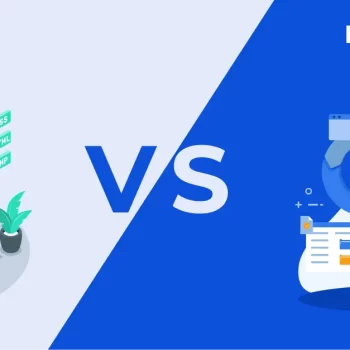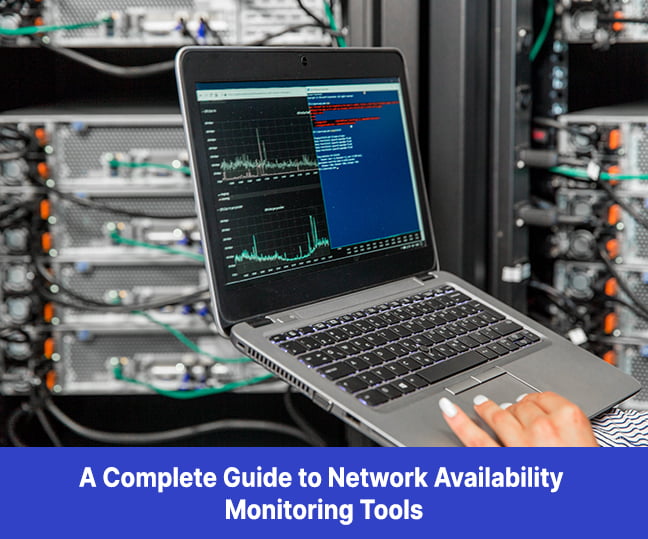A decade ago, FinOps was primarily entrenched in legacy systems. These systems, while reliable, often lacked the agility and efficiency required in a fast-paced, technology-driven world. Organizations had their financial operations hamstrung by clunky interfaces, limited integration capabilities, and manual processes.
As you already know, there has since been an unprecedented evolution of automation, cloud computing, AI (Artificial Intelligence), ML (Machine Learning), etc. These days, FinOps is no longer confined to legacy approaches. More organizations are beginning to realize that IT doesn’t just support FinOps; it is its backbone. Unsurprisingly, last year’s State of FinOps study stated that “Only 4.45% of reporting organizations rely solely on on-premise data centers; the rest of their infrastructure is partially or fully hosted in the cloud.” Hence, these technological advancements have become staple components of the FinOps landscape, enabling organizations to:
- Get more scalability by adapting to the growing needs and operations without major system overhauls
- Unify the IT ecosystem where different tools and platforms work in cohesion
- Achieve infrastructure flexibility by intelligently adhering to new regulations and market changes
Having said that, adoption is easier said than done. That’s why the study also went on to say that “nearly half (48.6%) reported little to no automation across the entire FinOps practice.” Therefore, understanding and anticipating here and now the ways that FinOps will evolve by 2024 is critical. It allows your organization to strategically position itself to thrive, not just survive. Also, gaining foresight into these trends can empower you to better allocate resources, train teams proactively, and make data-rich decisions to gain a competitive edge.
Related blog: The Next Big Thing in SaaS IT Operations Management
Now, let’s look at:
Seven IT trends that can strengthen the backbone of FinOps in 2025
1) Embrace hybrid infrastructure through the eyes of AIOps
By 2024, integrating hybrid infrastructures within FinOps will be paramount, enabling a seamless blend of on-premises and cloud capabilities. Unified data protocols will become the norm, streamlining data flow across platforms. AIOps will dominate, with predictive analytics foreseeing anomalies before they manifest. The emphasis will shift from mere detection to proactive, AI-driven interventions in financial workflows.
2) Automate IT governance and compliance

Governance frameworks in 2024 will evolve to automatically adapt to changing regulatory landscapes, ensuring that FinOps remains compliant without manual oversight. Digital audit trails will be enhanced, offering real-time visibility into every financial transaction, thereby increasing accountability. Compliance automation will mature, comparing real-time operations against evolving global benchmarks and instantly flagging deviations.
“By 2026, enterprises that apply AI TRiSM controls will increase the accuracy of their decision making by eliminating up to 80% of faulty and illegitimate information” – Gartner
3) Build an integration-friendly IT mindset
The coming years will see a rise in modular FinOps architectures, enabling swift integrations with emerging technologies. Deployment pipelines will prioritize agility, accommodating the rapid pace of technological change. Automated testing suites will ensure that integrations remain robust and rollbacks are efficient, ensuring financial operations’ continuity even during transitions.
4) Deploy a single-suite tool to manage IT tasks
By 2024, the fragmentation in IT tools serving FinOps will give way to unified platforms. These holistic suites will encapsulate functions from IT Asset Management (ITAM) to Network Management Systems (NMS). With a single access point, FinOps professionals will benefit from streamlined processes and reduced operational redundancies. Data reconciliation across tools will be a thing of the past, enabling faster and more accurate financial assessments.
5) Automate collaboration & communication for teams
The divide between IT and business teams will diminish. Advanced collaborative platforms will emerge, facilitating automated data exchanges and decision-making processes. These systems will prioritize transparency, ensuring all stakeholders have a clear view of financial operations. Real-time alerts and notifications will bridge communication gaps, fostering a cohesive environment for financial optimization.
6) Harness the power of Gen AI to continuously improve FinOps
The role of AI in FinOps will evolve beyond basic automation. Next-generation AI models will learn from and adapt to every financial transaction, continually refining operations. Predictive analytics will become more nuanced, offering insights not just on what might go wrong but also on opportunities for optimization. These AI-driven insights will guide strategy, ensuring that FinOps always aligns with organizational objectives.
“By 2026, over 80% of enterprises will have used GenAI APIs and models and/or deployed GenAI-enabled applications in production environments, up from less than 5% early 2023” – Gartner
7) Unearth visibility-based insights into utilization & costs
Resource optimization will become central to FinOps in 2024. Advanced analytics tools will provide granular insights into IT resource utilization, tracing every byte and compute cycle back to its financial implications. This deep visibility will enable more informed budgeting decisions, ensuring that IT expenditures directly align with business outcomes and value generation.
Related blog: AI-Powered Knowledge Base: Why Do You Need One?
To conclude
The future of FinOps is certainly exciting, with IT as its robust backbone. Embracing these futuristic IT trends today will ensure your organization remains competitive. More importantly, it will put you in the driver’s seat for the next wave of digital transformation that the FinOps industry is already preparing for.



















